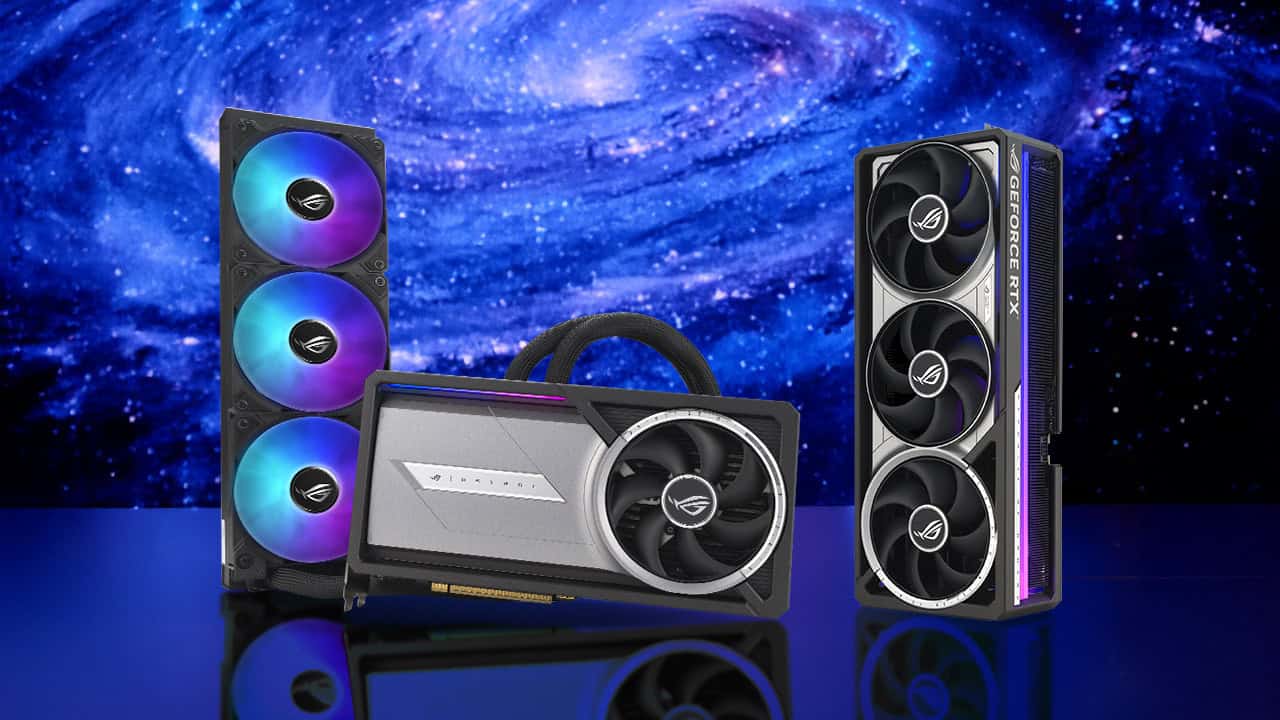NVIDIA’s latest GeForce RTX 5090 Founders Edition features an innovative design that is more complex than the reference model, which was shown at CES. The new GeForce RTX 50 Series marks a significant advancement in gaming technology. With the RTX 5090 Founders Edition, NVIDIA combines impressive power and features while keeping prices competitive with other models. As gaming shifts towards more immersive experiences, NVIDIA’s focus on AI-powered gaming, better graphics, and productivity tools is a key direction. The RTX 50 Series aims to attract both gamers and creators looking for top-tier graphics for film, animation, and simulation.
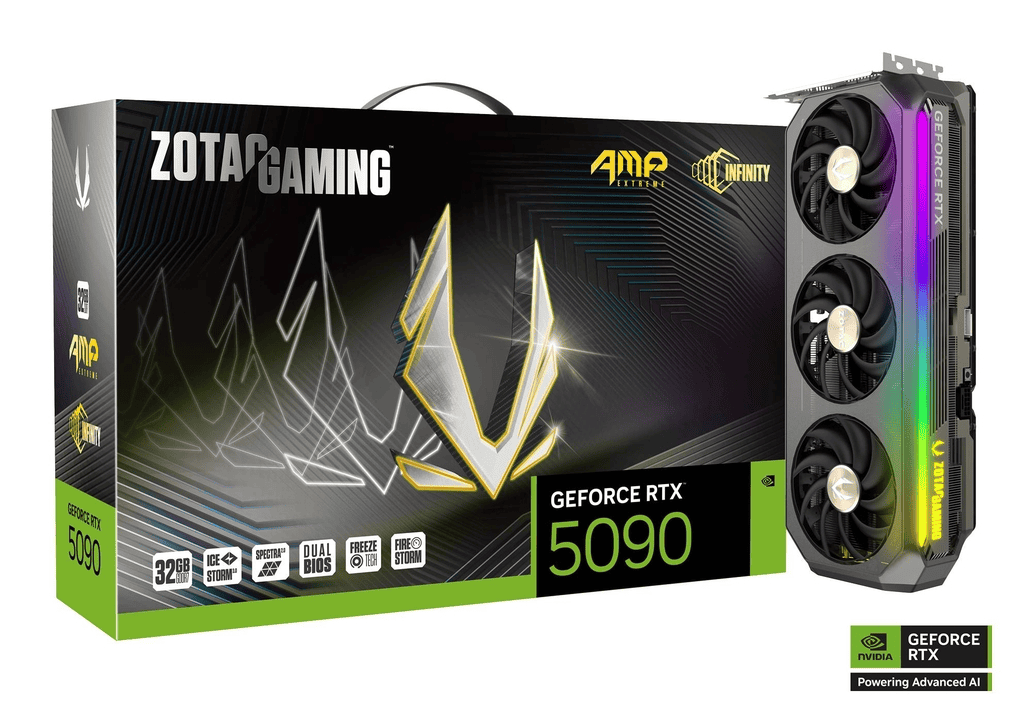
The GeForce RTX 50 Series includes two main designs: the Founders Edition, made by NVIDIA, and the reference model, used by other manufacturers. The Founders Edition has a unique dual-board design that allows it to fit into smaller cases—important for building compact PCs. This design sets it apart from the reference model, which has a traditional single-board layout. While the Founders Edition saves space, the reference model is easier for other companies to produce. This difference in design affects cooling, size, and performance. Consumers should consider their PC case size and cooling needs when choosing between the two.
Understanding RTX 5090 Design Variations
Key Differences Between Founders Edition and Reference Models
The NVIDIA RTX 5090 comes in two main forms: the Founders Edition, made by NVIDIA, and the reference model, which other companies (like ASUS, MSI, and Gigabyte) use as a base for their own cards. There are some important differences between these two versions.
The Founders Edition’s Unique Design
The RTX 5090 Founders Edition is special because it’s designed to fit in smaller computer cases. NVIDIA did this by using a different circuit board layout. Instead of having all the components on one board, they split it into two. One part holds the graphics processor (GPU), memory, and power delivery. The other part has the connectors for the monitor and the slot that goes into the computer. These two parts connect with special cables.
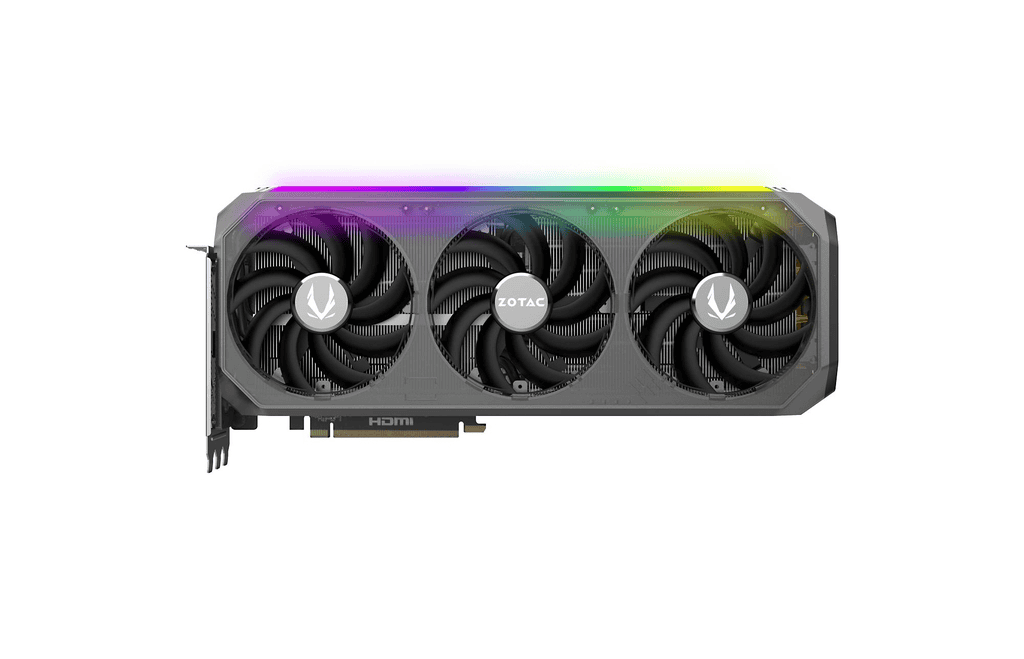
This design makes the Founders Edition compact, but it also makes it more complicated to build. It’s the only RTX 5090 that is truly SFF-ready (Small Form Factor).
The Reference Model’s Simpler Approach
Most other companies will use the reference design for their RTX 5090 cards. This design is simpler, with all the components on one circuit board. This makes it easier and cheaper to make. However, it usually results in a larger card that may not fit in all computer cases.
Comparing the Two Designs
Here’s a table that summarizes the key differences:
| Feature | Founders Edition | Reference Model |
|---|---|---|
| Board Design | Split circuit board | Single circuit board |
| Size | More compact, SFF-ready | Larger |
| Complexity | More complex | Simpler |
| Manufacturer | NVIDIA | Other companies (AIBs) |
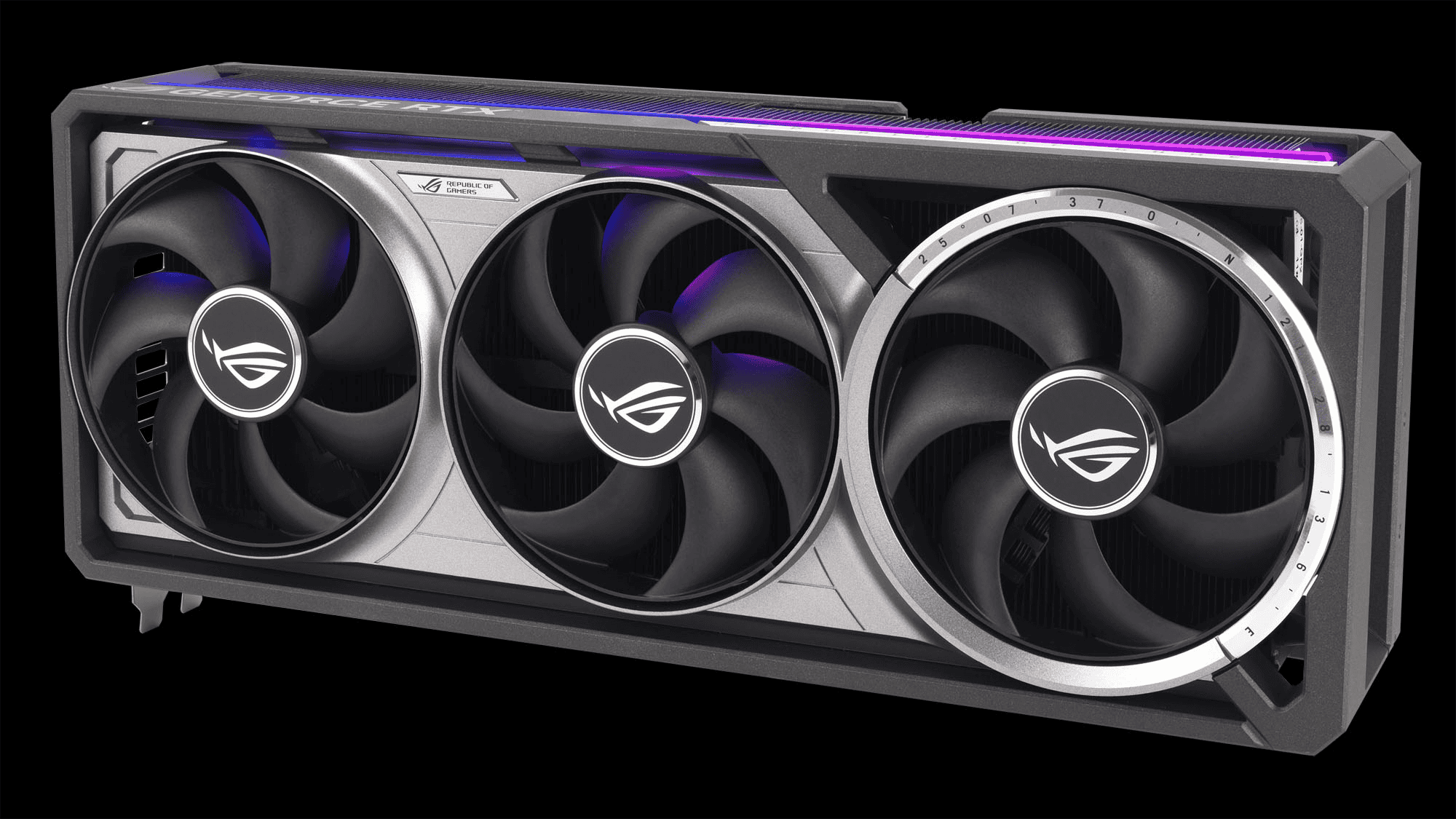
Why This Matters to You
If you have a small computer case, the Founders Edition might be your only option for an RTX 5090. If size isn’t a problem, you’ll have more choices with the reference models from other companies. These other cards may also have different cooling systems, clock speeds, and other features.
Considering Other RTX 5090 Options
When you’re looking at different RTX 5090 cards, pay attention to more than just the Founders Edition versus reference design. Consider the cooling system. Some cards have bigger fans or even liquid cooling, which can help keep the card running cooler and quieter. Also, look at the clock speeds. Some cards are “overclocked” at the factory, which means they run a little faster. Finally, check the price. Cards with better cooling or faster clock speeds will usually cost more.
Powering Your RTX 5090: The Right PSU
An important thing to consider when buying a high-end graphics card like the RTX 5090 is your computer’s power supply unit (PSU). These cards use a lot of power. You need a PSU that can handle the card’s power needs, plus the power needs of the rest of your computer. NVIDIA recommends a certain wattage for their cards. Check these recommendations and make sure your PSU meets or exceeds them. Using a PSU that’s not powerful enough can cause problems like system crashes or even damage to your hardware. Also, make sure your PSU has the right connectors for the RTX 5090. Some newer cards use the 12VHPWR connector, so check for that as well.
Short Summary:
- The GeForce RTX 5090 offers substantial performance enhancements driven by the NVIDIA Blackwell architecture.
- Innovative features of the RTX 5090 include ray tracing, AI-driven rendering, and groundbreaking DLSS 4 technology.
- Custom designs from various manufacturers promise to enhance the efficiency and cooling of the RTX 5090.
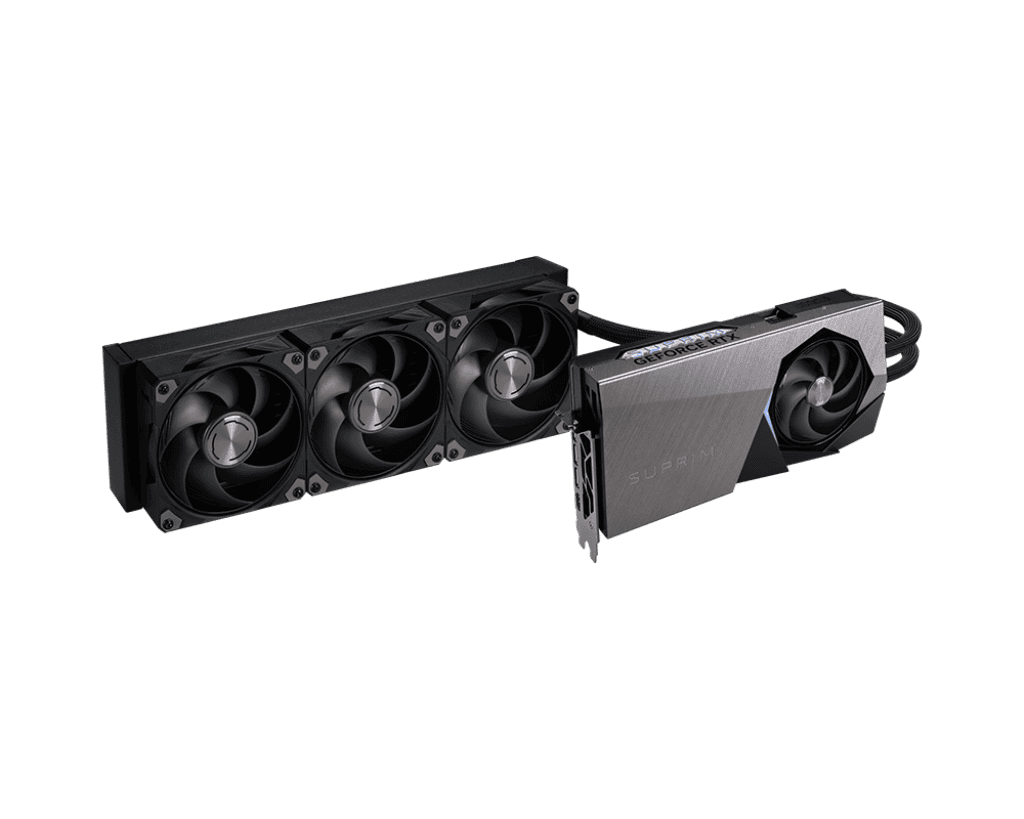
NVIDIA officially unveiled its next generation of graphics processing units with the GeForce RTX 50 Series, marked by the introduction of the GeForce RTX 5090 Founders Edition. As the flagship model for consumers, the RTX 5090 harnesses unprecedented power through NVIDIA’s groundbreaking Blackwell architecture. With 92 billion transistors, this GPU promises over 3,352 trillion AI operations per second (TOPS), specifically aiding gaming, creation, and AI-driven tasks.
Jensen Huang, NVIDIA’s founder and CEO, emphasized the revolutionary aspects of the Blackwell architecture, stating,
“Blackwell, the engine of AI, has arrived for PC gamers, developers and creatives.”
This represents a significant leap for NVIDIA, who has been a longstanding leader in computer graphics innovation. With the introduction of features like neural shaders and advanced AI-driven rendering, the RTX 5090 surpasses its predecessor, the RTX 4090, in performance by up to 2x.
In desktop models, NVIDIA’s ambitions extend to laptop configurations as well. The RTX 50 series ensures that laptops will mirror the capabilities of their desktop counterparts, providing substantial improvements in graphical execution without compromising on efficiency. As part of this initiative, NVIDIA’s Max-Q technology enhances battery life by up to 40%, enabling sleek and potent portable gaming.
DLSS 4: Breaking New Ground in AI Performance
The GeForce RTX 5090 solidifies its position as a cutting-edge technology with the introduction of NVIDIA DLSS 4. This remarkable enhancement employs Multi Frame Generation, which leverages AI to boost frame rates by generating up to three additional frames per rendered frame. The result is a staggering performance increase of up to 8x compared to traditional rendering methods. The seamless integration of NVIDIA Reflex technology further bolsters this responsiveness, ensuring that gamers maintain a competitive edge in fast-paced scenarios.
DLSS 4 is not merely an incremental update; it introduces revolutionary transformer model architecture, which utilizes doubled parameters and quadrupled computational resources. The benefits of this advancement are profound, enriching game scenes with greater detail, reduced ghosting, and enhanced anti-aliasing. Upon launch, DLSS 4 will be versatile, supporting over 75 games and applications.
Introducing Autonomous Game Characters
In a move towards realistic interactive experiences, NVIDIA also presents a new suite of technologies, branded NVIDIA ACE, designed to enable autonomous game characters. The RTX 50 Series GPUs harness industry-leading AI TOPS to empower these virtual characters, allowing them to comprehend, strategize, and interact with human players in real time.
As an example, NVIDIA illustrated these advancements with KRAFTON’s PUBG: BATTLEGROUNDS and the upcoming title InZOI, which will feature Smart Zoi characters. These characters will autonomously adapt their behavior according to player actions and in-game changes. Similarly, in MIR5, driven by a large language model (LLM), adapted raid bosses will offer a more dynamic and engaging gameplay experience.
AI-Powered Tools Support Creativity and Production
For creators, the RTX 50 Series introduces cutting-edge features that enhance productivity. Notably, the GPUs support FP4 precision, allowing local execution of AI image generation models, yielding a remarkable 2x performance boost for models like FLUX while minimizing memory overhead. With the NVIDIA Broadcast app, the additions of Studio Voice and Virtual Key Light aim to improve the quality of livestreams, proving indispensable for content creators.
Furthermore, NVIDIA’s recent announcement of Project R2X exemplifies the potential of AI in everyday tasks. This project showcases a vision-enabled PC avatar capable of assisting users with various tasks, ranging from reading documents to video conferencing, thus demonstrating the expansive reach of the NVIDIA NIM microservices and artificial intelligence’s versatility.
The Founders Edition: An Insight into the Design
The intricate design of the RTX 5090 Founders Edition sets it apart from traditional models, particularly through its SFF-Ready form factor. As highlighted by noted tech expert Der8auer, NVIDIA’s engineers developed a distinctive board architecture that separates the primary components, including the GPU and memory, from the mainboard. This unique approach optimizes airflow, enhancing cooling without significant space requirements, making it feasible for advanced builds.
Although NVIDIA has yet to fully disclose the Founders Edition’s design, early reviews indicate that the innovation behind the PCB and its cooling solutions will likely define the new standard for GPUs. Teardown videos and comprehensive reviews are anticipated, providing additional insights into its complicated design and performance aspects.
Availability and Market Entry
The RTX 5090 Founders Edition is set for release on January 30, priced at $1,999. Alongside, NVIDIA offers the RTX 5080 at $999 and the RTX 5070 Ti at $749, with a range of other custom models emerging from various partners. For example, the RTX 5070, aimed at budget-conscious buyers, will retail for $549, allowing a powerful option for gamers and creators without breaking the bank.
Historically, NVIDIA’s Founders Edition tends to see immediate demand, suggesting early buyers may face stock challenges. Third-party manufacturers are expected to release custom configurations shortly, giving consumers various options for enhanced cooling and performance, alongside the official RTX 50 Series offerings.

